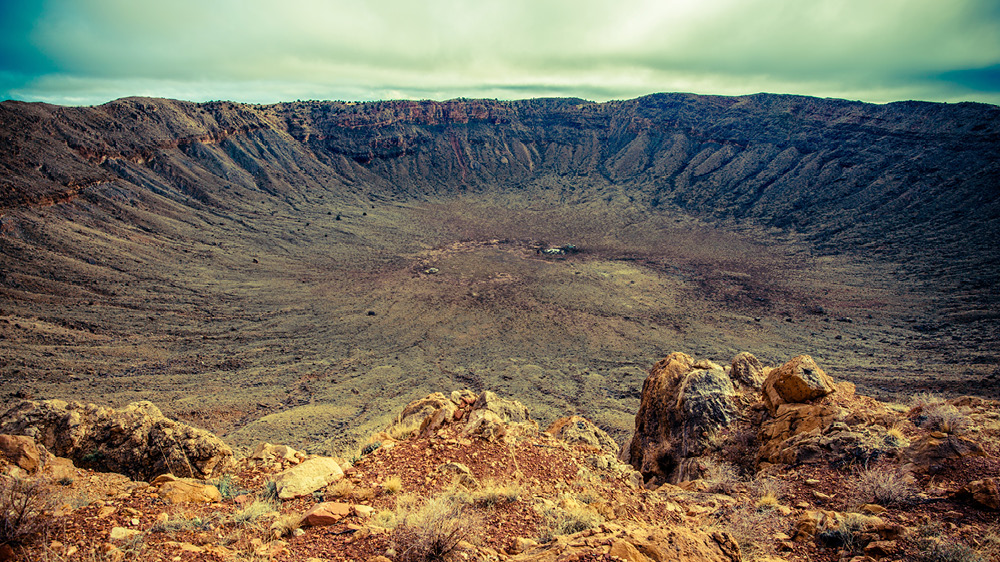The seminar will be streamed here.
Abstract:
The Deccan Traps flood basalt eruptions were approximately time-coincident with the Chicxulub impact in Yucatan, Mexico, which was likely the main cause of the end-Cretaceous (K-Pg) mass extinction that exterminated the non-avian dinosaurs at about 66 Ma. The Deccan eruptions were well underway at K-Pg time, but geological and geochronological evidence suggests that the magnitude Mw ~11 earthquake due to Chicxulub may have accelerated the Deccan eruptions at exactly K-Pg time. Although it is unlikely that outgassing associated with the Deccan eruptions was primarily responsible for the mass extinction, it is possible that these eruptions contributed to the climate disturbance that resulted in a prolonged recovery period.
Recently, a remarkable paleontological discovery in North Dakota, USA, suggests that seismic waves from the Chicxulub impact also caused a tsunami-like deposit along the existing Western Interior Seaway, capturing literally the last ~2 hours of the Cretaceous (or the first 2 hours of the Paleocene, depending on your point of view) in stroboscopic detail, including freshwater fish ingesting impact spherules from the water column before they were killed by ~10-meter water surges up a large river channel. Modeling and understanding the nature of this event, and likely similar events worldwide, promises to advance our understanding of the K-Pg mass extinction event. The excitation of Deccan eruptions by the Chicxulub impact likewise lacks detailed explanation. In other words, we have new and tantalizing clues as to events at K-Pg time that are perhaps much richer than previously imagined.
About:
Mark Richards is a professor of Earth and Space Sciences at the University of Washington in Seattle, where he also served the past five years as Provost and Executive Vice President. Prior to this position he was a professor of Earth and Planetary Science at the University of California, Berkeley, where he also served as Dean of Mathematical and Physical Sciences and Executive Dean of the College of Letters and Science. Mark is a geodynamicist who has worked on the large-scale structure of mantle convection and its relation to plate tectonics, as well as the dynamics of mantle plumes and their expressions as flood basalts (such as Deccan) as well as hotspot tracks (such as Hawaii, La Reunion, and Galapagos). His current research includes geological and biological co-evolution in the Galapagos archipelago, continuing work on flood basalt eruptions and events at the K-Pg boundary, as well as modeling glacio-isostatic adjustment processes in North America and Fennoscandia following the most recent Ice Age. He has also made significant contributions to promoting diversity in science and engineering at American research universities.
